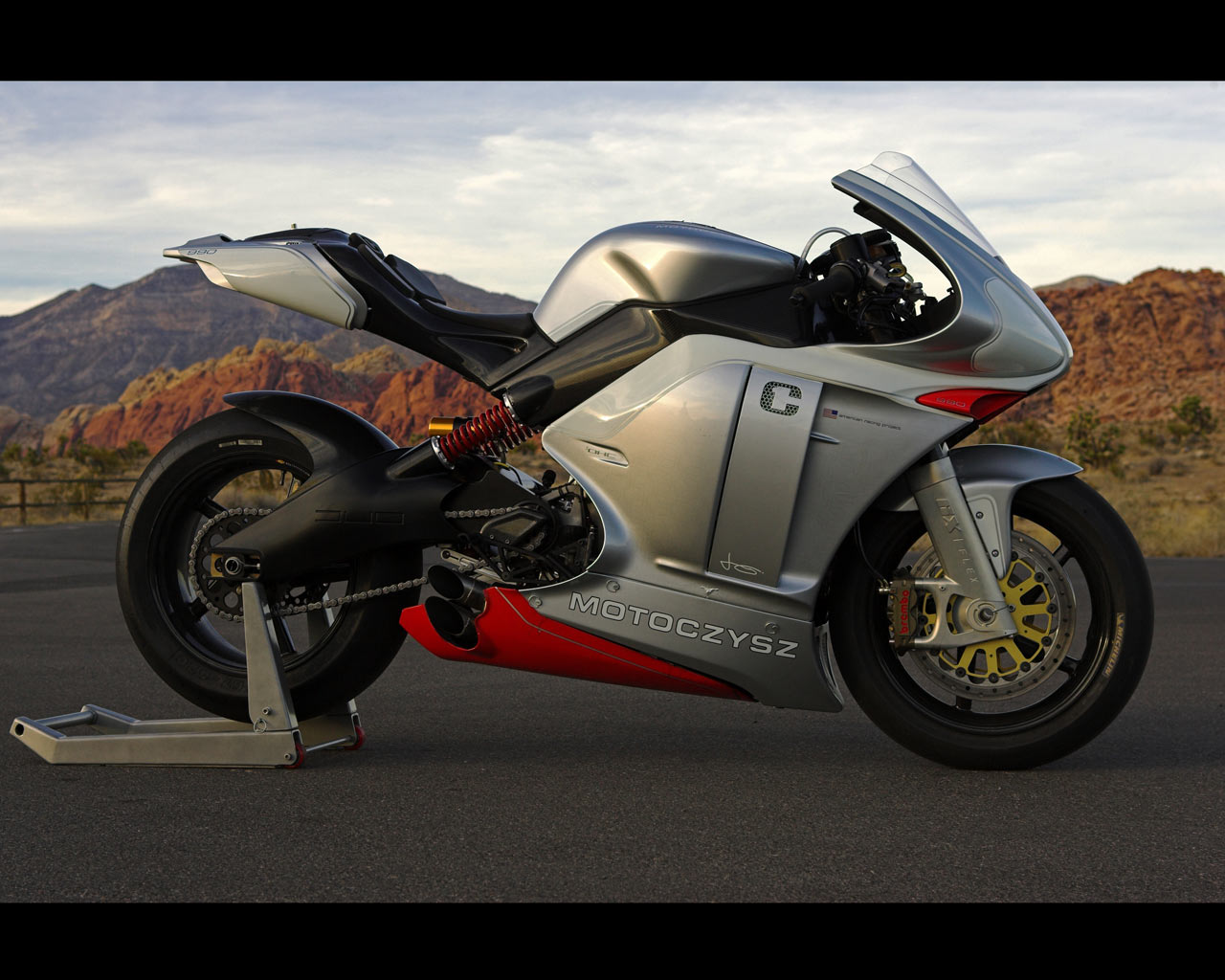
honda bikes motorcycles
 MV Agusta photo
MV Agusta photo MV Agusta image
MV Agusta image MV Agusta black sports
MV Agusta black sports MV Agusta hot bike photo
MV Agusta hot bike photo
 MV Agusta red bike image
MV Agusta red bike image MV Agusta new model of 2012
MV Agusta new model of 2012 MV Agusta picture
MV Agusta picture
 MotoCzysz photo
MotoCzysz photo MotoCzysz image
MotoCzysz image MotoCzysz wall paper
MotoCzysz wall paper MotoCzysz pic
MotoCzysz pic MotoCzysz picture
MotoCzysz picture It strikes me that at first blush the colorization of all the particular parts of the bike have begun to mask its true individuality which I think is a bit of a shame. It’s such a creative attempt to be different on so many levels that I’m a bit sorry to see that they’ve stylistically made it appear so similar to the rest of the field. Of course, I imagine that picking out a color scheme for the bike might have been the most constrained activity that Michael and the gang at MotoCzysz have been presented with thus far. Every major motorcycle manufacturer who’s out there racing - and even some that aren’t - have already staked their claim to so many of the most prominent colors and no amount of engineering excellence can work around the associations that fans make between certain color values and certain bikes.
It strikes me that at first blush the colorization of all the particular parts of the bike have begun to mask its true individuality which I think is a bit of a shame. It’s such a creative attempt to be different on so many levels that I’m a bit sorry to see that they’ve stylistically made it appear so similar to the rest of the field. Of course, I imagine that picking out a color scheme for the bike might have been the most constrained activity that Michael and the gang at MotoCzysz have been presented with thus far. Every major motorcycle manufacturer who’s out there racing - and even some that aren’t - have already staked their claim to so many of the most prominent colors and no amount of engineering excellence can work around the associations that fans make between certain color values and certain bikes. MotoCzysz photo
MotoCzysz photo MotoCzysz bike engine
MotoCzysz bike engine

